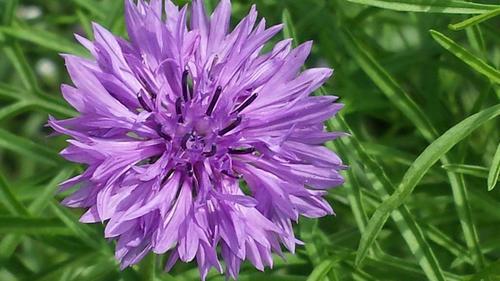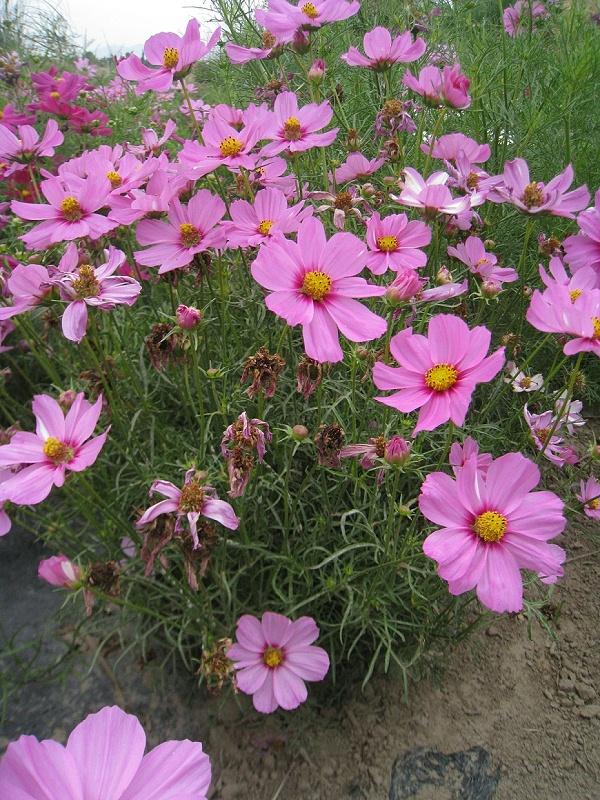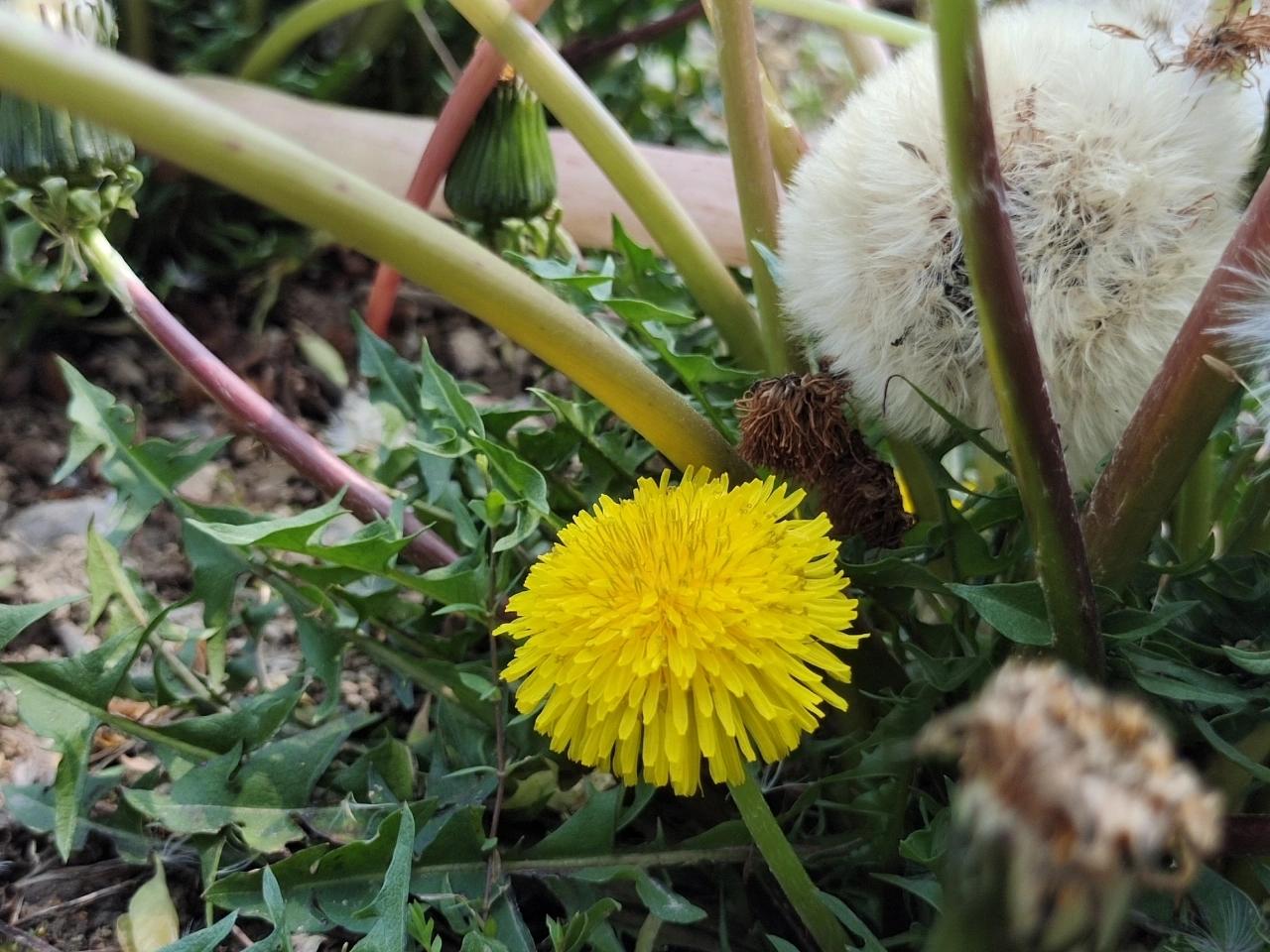Clerodendrum, also known as the Glorybower, has an interesting story to tell. Legend has it that a beautiful nymph named Clerodendrum dwelled in a magical garden. She possessed the power to heal with her enchanting fragrance. However, she yearned for a mortal life to experience love and companionship. The gods granted her wish and transformed her into the stunning Clerodendrum plant. Since then, this plant continues to captivate with its vibrant flowers and medicinal properties, a true testament to the nymph’s enduring legacy.
Once upon a time, there was a beautiful garden where the Clerodendrum plant resided. It was known for its vibrant flowers and sweet fragrance. Legend has it that the plant possessed magical properties, granting happiness and prosperity to anyone who cared for it with love. People from far and wide sought the plant’s blessings, and its fame spread across the land. But one day, a mischievous squirrel snuck into the garden and stole a seed from the Clerodendrum. Determined to retrieve the seed, the gardeners embarked on a thrilling adventure, overcoming obstacles and forming unexpected friendships along the way. With their unwavering determination, they managed to bring the seed back, and the Clerodendrum continued to enchant the garden with its captivating beauty, spreading joy to all who encountered it.
Picture
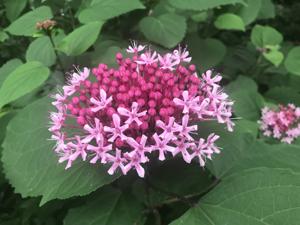
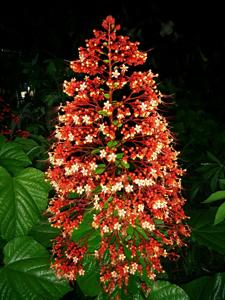
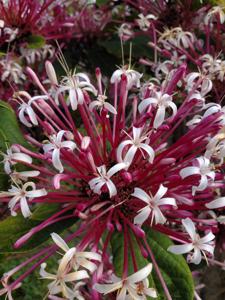
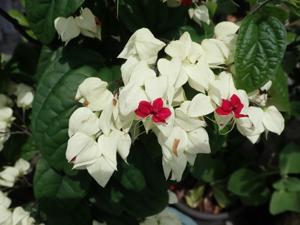
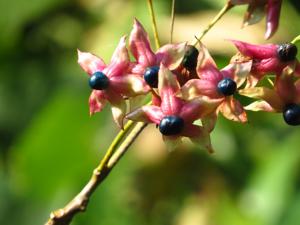
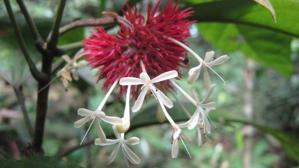
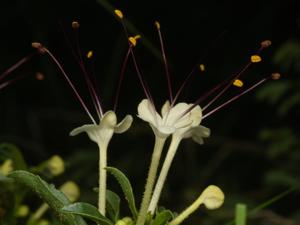
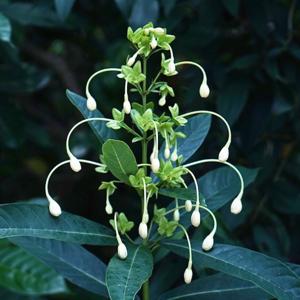
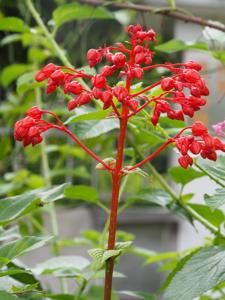
Plant some seeds now!
Short Description
Clerodendrum is a genus of flowering plants formerly placed in the family Verbenaceae, but now considered to belong to the Lamiaceae (mint) family. Its common names include glorybower, bagflower and bleeding-heart. It is currently classified in the subfamily Ajugoideae, being one of several genera transferred from Verbenaceae to Lamiaceae in the 1990s, based on phylogenetic analysis of morphological and molecular data.
Estimates of the number of species in Clerodendrum vary widely, from about 150 to about 450. This is partly because about 30 species have been transferred to Rotheca, about 30 more to Volkameria, and 1 to Ovieda. The type species for the genus is Clerodendrum infortunatum. It is native to Sri Lanka and the Andaman Islands.
The genus is native to tropical and warm temperate regions of the world, with most of the species occurring in tropical Africa and southern Asia, but with a few in the tropical Americas and northern Australasia, and a few extending north into the temperate zone in eastern Asia.
They are shrubs, lianas, and small trees, usually growing to 1–12 m (3 ft 3 in – 39 ft 4 in) tall, with opposite or whorled leaves. C. floribundum can grow to 30 m (98 ft) tall. Clerodendrum fistulosum and Clerodendrum myrmecophila have hollow stems that are inhabited by ants. Clerodendrum trichotomum is a common ornamental in warmer parts of the world. Eight other species are also grown in the tropics for their abundant and attractive flowers. One of these, Clerodendrum macrostegium, suckers abundantly from the roots, often producing a thicket within a few years.
The following species are cultivated in the UK:
C. chinense
C. splendens
C. thomsoniae
C. trichotomum
Clerodendrum species are used as food plants by the larvae of some Lepidoptera species including Endoclita malabaricus and Endoclita sericeus. Both butterflies and hummingbirds are often attracted to blooming clerodendrum.
Description
Close-up of a C. quadriloculare flower
The following description is based on the one by Yuan et alii (2010) and applies to only the monophyletic circumscription of Clerodendrum.
Clerodendrum is a genus of small trees, shrubs, lianas, and subherbaceous perennials. Leaves decussate or whorled, never spiny as in some close relatives.

